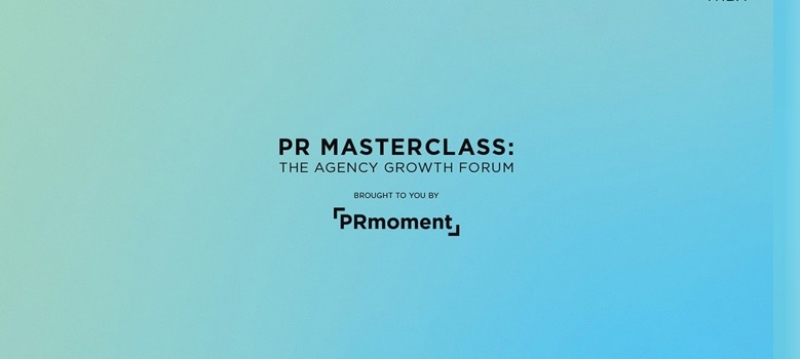 Every few years, the communications industry experiences a game changer – the somewhat recent rise of social media being the most obvious example, which became a PR tool we all jumped on board with despite possibly not fully understanding it. To this day we are continuously learning new methods on how to use social media effectively for communicating ideas to the public. Now, vlogging has risen through the ranks of communications innovations, creating some of the most influential voices online, giving birth to a brand new cult of public personality – the “internet celebrity“.
Every few years, the communications industry experiences a game changer – the somewhat recent rise of social media being the most obvious example, which became a PR tool we all jumped on board with despite possibly not fully understanding it. To this day we are continuously learning new methods on how to use social media effectively for communicating ideas to the public. Now, vlogging has risen through the ranks of communications innovations, creating some of the most influential voices online, giving birth to a brand new cult of public personality – the “internet celebrity“.
YouTube, Snapchat, Vine, Facebook and Twitter have become home to a vast array of famous personalities who have extraordinarily adoring and engaged fans. This is largely due to the way younger people are consuming media, half of all 16-24 year olds are now watching vlogs, with 93% doing so via YouTube.
The private sector has already experienced success working with this new breed of celebrity. Asda have a successful YouTube channel called Mums Eye View using online celebrity personalities (vloggers) to endorse their products through tutorials. According to its head of social, Dominic Burch, its involvement saw views grow from 1,000 to 40,000.
Sponsor of Tough Mudder, Volvic, invited KSI, a popular YouTuber with 10 million subscribers (one million more than the latest X Factor final viewing figures) to film his experience on the obstacle course and invited viewers to visit Volvic’s YouTube channel for even more exclusive content.
Even Barack Obama took the opportunity to be interviewed by these so-called “virtual celebrities” in order to engage his harder-to-reach audiences with politics, achieving 3.5 million views on one video alone. Granted, the president of the United States may have more online clout than most third-sector organisations, however companies of all sizes that have been working with YouTubers have increased dramatically over the last year, reiterating the point that third-sector organisations need to start thinking how they can capitalise on their increasing popularity as well.
One huge example of where this is already happening is Mind’s partnership with Zoella, one of the most popular YouTubers in the UK with almost 9 million subscribers – for context, Daily Mail has a circulation of 1.4million. Zoella is a bright, bubbly young woman who talks to millions of young girls and boys every week about lifestyle subjects, such as hair and beauty. Zoella then went on to vlog about her personal experience with anxiety – one of the main mental health concerns that Mind addresses. Her adoring fans not only support her video, but thousands have gone on to share their own experiences with anxiety too; an action highly sought after by most community-based not for profits. Needless to say, a perfectly positioned partnership was formed.
In a recent report by GlobalWebIndex, vlogging was the least likely source of consumer influence when it came to learning about new products, despite a common and cynical assumption that vloggers are underqualified overpaid “product mules“. Instead, results showed that vloggers had the most influence when it came to advice via tutorials, entertainment, and monologues, such as personal stories. Therefore the ability of vloggers to connect with audiences on a massive scale, whilst retaining their personal identity and delivering meaningful experiences to audiences, is completely unprecedented. Vloggers can help to inspire an entire generation, connecting people via shared interests and experiences, giving them largely untapped potential within the third sector to change behaviour and spread messages, particularly among typically hard-to-reach young audiences.
It is high time the third sector started thinking about how to work with vloggers, to form mutually beneficial partnerships and, together, create meaningful behaviour change to improve and protect people’s lives.
Article written by Tom Roche, account executive, Forster Communications
PR Masterclass: The Agency Growth Forum
Our experts will each give you a 20-minute Masterclass on what we've identified as the 11 most important elements in running a modern, profitable and successful PR firm.
Taking place on Wednesday 26th November in London, both virtual and in person tickets are available.
Tickets on sale now!
PR MasterclassIf you enjoyed this article, sign up for free to our twice weekly editorial alert.
We have six email alerts in total - covering ESG, internal comms, PR jobs and events. Enter your email address below to find out more:








